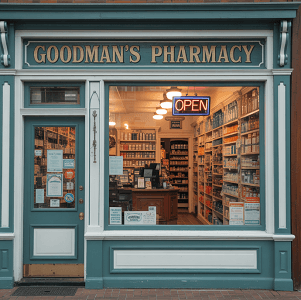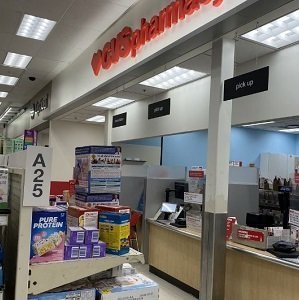Limited access to pharmacies is emerging as a critical factor in health disparities across underserved U.S. communities. A recent analysis by PolicyMap, shared by CEO Maggie Mccullough, reveals how geographic and socioeconomic barriers intersect to restrict access to essential medications and services.
The data highlights that residents in certain areas—often low-income or lacking reliable transportation—face significant challenges in reaching a pharmacy. These pharmacy deserts are not just about distance; they reflect deeper systemic inequalities that shape health outcomes. Mccullough emphasized the importance of understanding these patterns to close gaps in care and improve community health.
The analysis identifies specific regions where pharmacy access is especially limited, pointing to a correlation between pharmacy scarcity and broader healthcare inequities. In these areas, residents may struggle to obtain prescriptions, manage chronic conditions, or receive timely vaccinations. The absence of nearby pharmacies can also delay treatment and increase reliance on emergency care.
By mapping pharmacy availability alongside demographic and economic data, PolicyMap’s findings offer a clearer picture of how infrastructure shortfalls contribute to persistent disparities. The insights underscore the need for targeted interventions—whether through mobile pharmacy units, expanded delivery services, or policy reforms—to ensure that all communities have equitable access to care.
See: “PolicyMap Analysis Reveals Link Between Limited Pharmacy Access and Health Disparities in Underserved Areas” (June 6, 2025)


